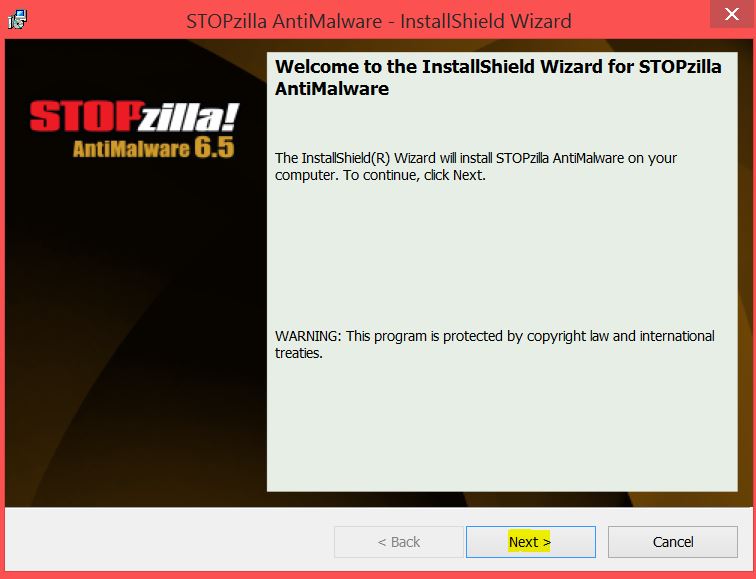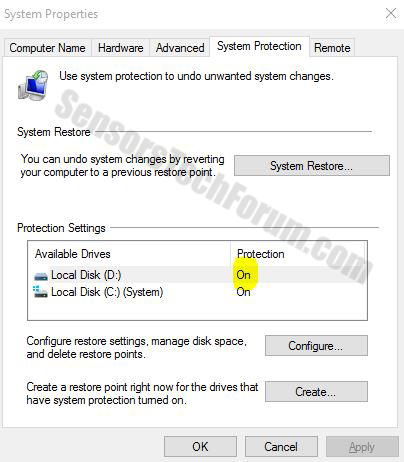A new spyware type of Trojan has been reported by Microsoft to infect user systems. The trojan is reported to create multiple files in an infected computer that have different functions. The threat is primarily reported to steal sensitive user data, and this is why it is important to scan immediately your computer using and advanced anti-spyware software that will neutralize it, tutorial for which we have after this review.
| Name | TrojanSpy:Win32/Nivdort.CT |
| Type | Spyware type of Trojan Horse |
| Short Description | The trojan may perform various malicious activities ranging in negative impact for the user. It is mainly created to steal essential information. |
| Symptoms | Users might experience slow PC, their firewall and antivirus may be shut down without any notifications. |
| Distribution Method | Via spam mail, messages in online chats, comments on sites or even targeted attacks.. |
| Detection Tool | Download Malware Removal Tool, to See If Your System Has Been Affected by malware |
| User Experience | Join our forum to discuss about TrojanSpy:Win32/Nivdort.CT. |
TrojanSpy:Win32/Nivdort.CT – How Did I Get It
One way to find yourself to be a victim to this trojan is by giving someone direct unauthorized access to your computer. Another method of distribution this trojan uses is social media chats such as Facebook and other chat software like Skype. Furthermore, you may encounter malicious files or links attached to spam mail messages, stating they are a legitimate service(PayPal, eBay, Amazon, BestBuy). The file extensions you should beware of are:
→.exe, .dll, .bat, .tmp
TrojanSpy:Win32/Nivdort.CT – More About It
For one particular situation, reported by Microsoft, the trojan may create files in the %SystemRoot% and %temp% folders of your Windows, named the following way:
- isquvluidai.exe
- nifikrwhie.exe
- gugarm1ghrprkphmxym5.exe
Further reports indicate that this spyware type of threat uses a special code which is injected straight into running processes with the purpose to make the threat significantly more difficult to remove.
Regarding the payload of the trojan, its main purpose is to collect different important information from the infected computer. Such information is:
- Live spying of the keys you type.
- Monitoring of the programs you open.
- Live access to your browsing history.
- Collect any entered credit card credentials.
- Steal user names as well as passwords.
Furthermore, the Trojan may initiate a phishing site that looks like a legitimate one. This means that it may fake your Facebook, PayPal and other websites` web page to collect the financial information you enter or your credentials.
Given the abilities of this trojan it may be devastating if the information is in the wrong hands. The information may either be sold or used to steal funds from your account.
More about this trojan, it has features that enable it to change the settings of your system. It mainly focuses on changing the behavior settings, such as:
Microsoft has reported the following domains to connect via port 80 and be associated to this Trojan:
• journeymeasure(.)net using port 80
• sundaytomorrow(.)net using port 80
• cloudtomorrow(.)net using port 80
• quicktomorrow(.)net using port 80
• darktomorrow(.)net using port 80
• meattomorrow(.)net using port 80
• mosttomorrow(.)net using port 80
• sicktomorrow(.)net using port 80
After connecting to a remote host, this trojan may gain full access to your PC, including:
- Read and Write permissions.
- Download files onto your Hard Drive.
- Receive configuration information.
- Receive other information about your system.(Location, certificates, etc.)
- Validate certificates.
Removing TrojanSpy:Win32/Nivdort.CT Completely
In order to remove TrojanSpy:Win32/Nivdort.CT fully you must isolate the threat first. You can do this by stopping all third-party applications and booting into safe mode with networking. However, such Trojans always change registry settings and other system properties which may be challenging to be rid of. This is why you should follow the step by step manual below in order to successfully be rid of the spyware and other malware it may have downloaded onto your PC.
Preparation before removing TrojanSpy:Win32/Nivdort.CT.
Before starting the actual removal process, we recommend that you do the following preparation steps.
- Make sure you have these instructions always open and in front of your eyes.
- Do a backup of all of your files, even if they could be damaged. You should back up your data with a cloud backup solution and insure your files against any type of loss, even from the most severe threats.
- Be patient as this could take a while.
- Scan for Malware
- Fix Registries
- Remove Virus Files
Step 1: Scan for TrojanSpy:Win32/Nivdort.CT with SpyHunter Anti-Malware Tool



Step 2: Clean any registries, created by TrojanSpy:Win32/Nivdort.CT on your computer.
The usually targeted registries of Windows machines are the following:
- HKEY_LOCAL_MACHINE\Software\Microsoft\Windows\CurrentVersion\Run
- HKEY_CURRENT_USER\Software\Microsoft\Windows\CurrentVersion\Run
- HKEY_LOCAL_MACHINE\Software\Microsoft\Windows\CurrentVersion\RunOnce
- HKEY_CURRENT_USER\Software\Microsoft\Windows\CurrentVersion\RunOnce
You can access them by opening the Windows registry editor and deleting any values, created by TrojanSpy:Win32/Nivdort.CT there. This can happen by following the steps underneath:


 Tip: To find a virus-created value, you can right-click on it and click "Modify" to see which file it is set to run. If this is the virus file location, remove the value.
Tip: To find a virus-created value, you can right-click on it and click "Modify" to see which file it is set to run. If this is the virus file location, remove the value.Step 3: Find virus files created by TrojanSpy:Win32/Nivdort.CT on your PC.
1.For Windows 8, 8.1 and 10.
For Newer Windows Operating Systems
1: On your keyboard press + R and write explorer.exe in the Run text box and then click on the Ok button.

2: Click on your PC from the quick access bar. This is usually an icon with a monitor and its name is either “My Computer”, “My PC” or “This PC” or whatever you have named it.

3: Navigate to the search box in the top-right of your PC's screen and type “fileextension:” and after which type the file extension. If you are looking for malicious executables, an example may be "fileextension:exe". After doing that, leave a space and type the file name you believe the malware has created. Here is how it may appear if your file has been found:

N.B. We recommend to wait for the green loading bar in the navigation box to fill up in case the PC is looking for the file and hasn't found it yet.
2.For Windows XP, Vista, and 7.
For Older Windows Operating Systems
In older Windows OS's the conventional approach should be the effective one:
1: Click on the Start Menu icon (usually on your bottom-left) and then choose the Search preference.

2: After the search window appears, choose More Advanced Options from the search assistant box. Another way is by clicking on All Files and Folders.

3: After that type the name of the file you are looking for and click on the Search button. This might take some time after which results will appear. If you have found the malicious file, you may copy or open its location by right-clicking on it.
Now you should be able to discover any file on Windows as long as it is on your hard drive and is not concealed via special software.
TrojanSpy:Win32/Nivdort.CT FAQ
What Does TrojanSpy:Win32/Nivdort.CT Trojan Do?
The TrojanSpy:Win32/Nivdort.CT Trojan is a malicious computer program designed to disrupt, damage, or gain unauthorized access to a computer system. It can be used to steal sensitive data, gain control over a system, or launch other malicious activities.
Can Trojans Steal Passwords?
Yes, Trojans, like TrojanSpy:Win32/Nivdort.CT, can steal passwords. These malicious programs are designed to gain access to a user's computer, spy on victims and steal sensitive information such as banking details and passwords.
Can TrojanSpy:Win32/Nivdort.CT Trojan Hide Itself?
Yes, it can. A Trojan can use various techniques to mask itself, including rootkits, encryption, and obfuscation, to hide from security scanners and evade detection.
Can a Trojan be Removed by Factory Reset?
Yes, a Trojan can be removed by factory resetting your device. This is because it will restore the device to its original state, eliminating any malicious software that may have been installed. Bear in mind that there are more sophisticated Trojans that leave backdoors and reinfect even after a factory reset.
Can TrojanSpy:Win32/Nivdort.CT Trojan Infect WiFi?
Yes, it is possible for a Trojan to infect WiFi networks. When a user connects to the infected network, the Trojan can spread to other connected devices and can access sensitive information on the network.
Can Trojans Be Deleted?
Yes, Trojans can be deleted. This is typically done by running a powerful anti-virus or anti-malware program that is designed to detect and remove malicious files. In some cases, manual deletion of the Trojan may also be necessary.
Can Trojans Steal Files?
Yes, Trojans can steal files if they are installed on a computer. This is done by allowing the malware author or user to gain access to the computer and then steal the files stored on it.
Which Anti-Malware Can Remove Trojans?
Anti-malware programs such as SpyHunter are capable of scanning for and removing Trojans from your computer. It is important to keep your anti-malware up to date and regularly scan your system for any malicious software.
Can Trojans Infect USB?
Yes, Trojans can infect USB devices. USB Trojans typically spread through malicious files downloaded from the internet or shared via email, allowing the hacker to gain access to a user's confidential data.
About the TrojanSpy:Win32/Nivdort.CT Research
The content we publish on SensorsTechForum.com, this TrojanSpy:Win32/Nivdort.CT how-to removal guide included, is the outcome of extensive research, hard work and our team’s devotion to help you remove the specific trojan problem.
How did we conduct the research on TrojanSpy:Win32/Nivdort.CT?
Please note that our research is based on an independent investigation. We are in contact with independent security researchers, thanks to which we receive daily updates on the latest malware definitions, including the various types of trojans (backdoor, downloader, infostealer, ransom, etc.)
Furthermore, the research behind the TrojanSpy:Win32/Nivdort.CT threat is backed with VirusTotal.
To better understand the threat posed by trojans, please refer to the following articles which provide knowledgeable details.



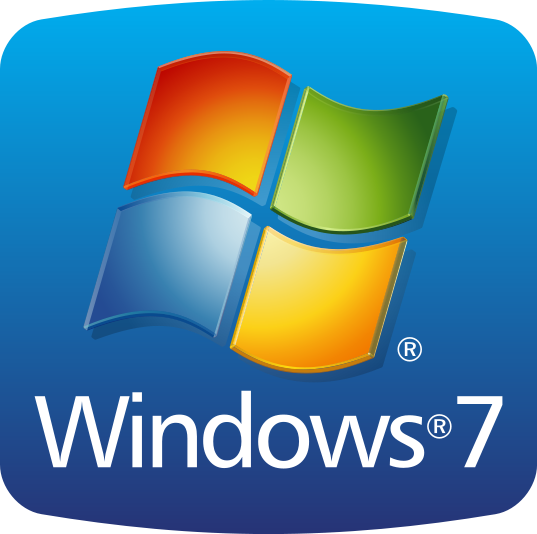 1. For Windows 7,XP and Vista.
1. For Windows 7,XP and Vista. 2. For Windows 8, 8.1 and 10.
2. For Windows 8, 8.1 and 10.

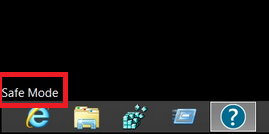


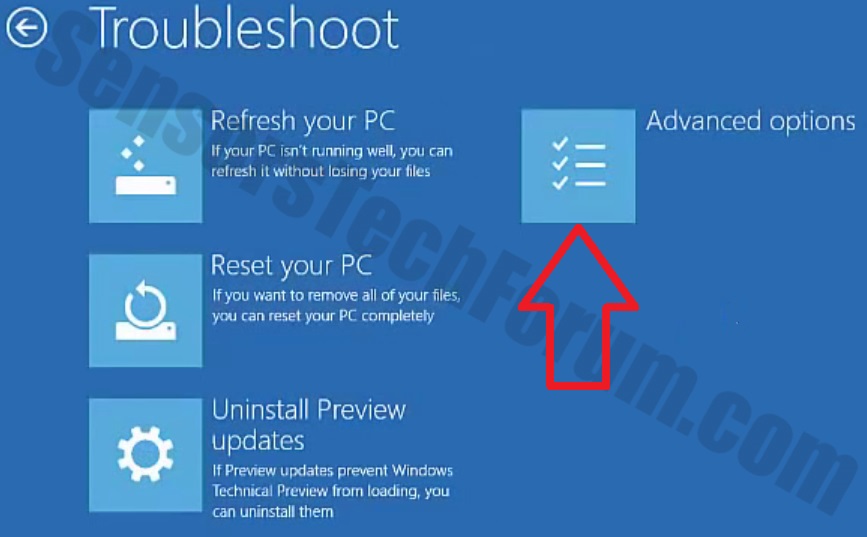


 1. Install SpyHunter to scan for and remove TrojanSpy:Win32/Nivdort.CT.
1. Install SpyHunter to scan for and remove TrojanSpy:Win32/Nivdort.CT.



 1. Install Malwarebytes Anti-Malware to scan for and remove TrojanSpy:Win32/Nivdort.CT.
1. Install Malwarebytes Anti-Malware to scan for and remove TrojanSpy:Win32/Nivdort.CT.



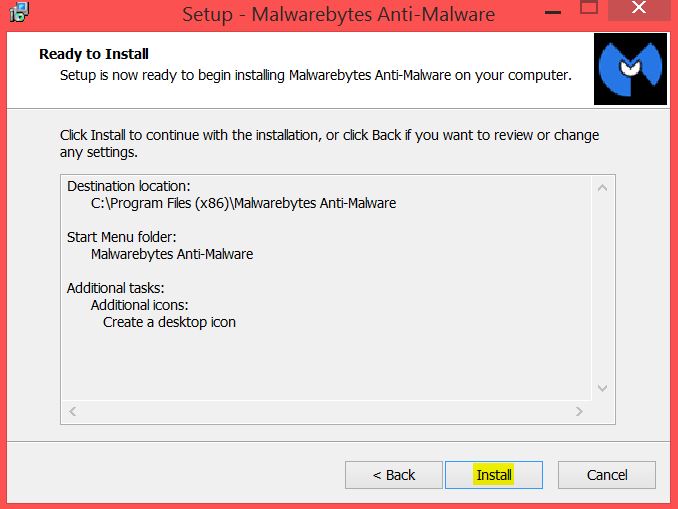


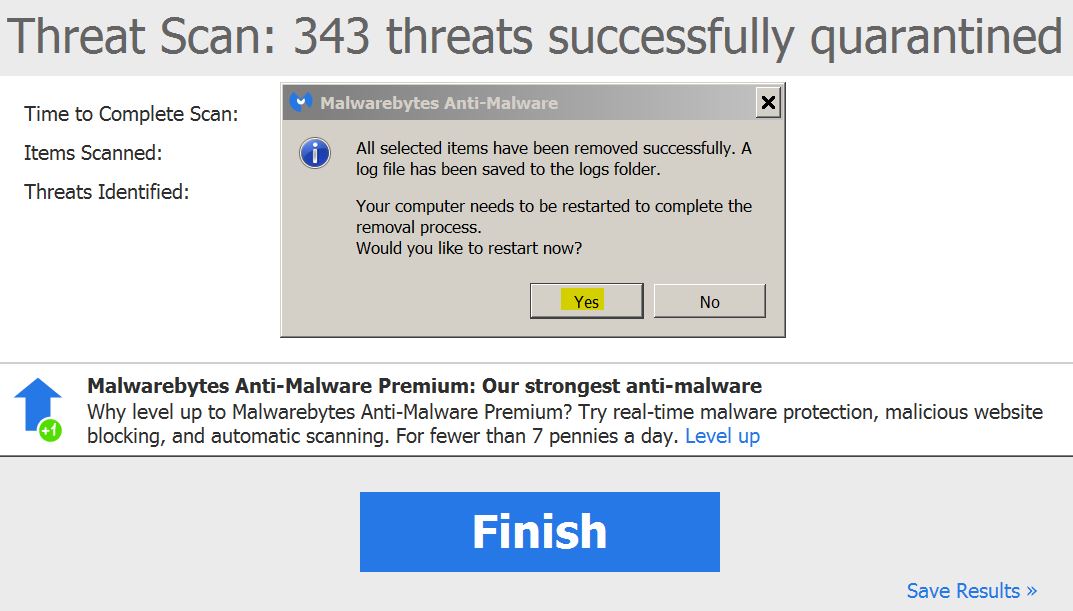
 1. Install STOPZilla Anti Malware to scan for and remove TrojanSpy:Win32/Nivdort.CT.
1. Install STOPZilla Anti Malware to scan for and remove TrojanSpy:Win32/Nivdort.CT.
